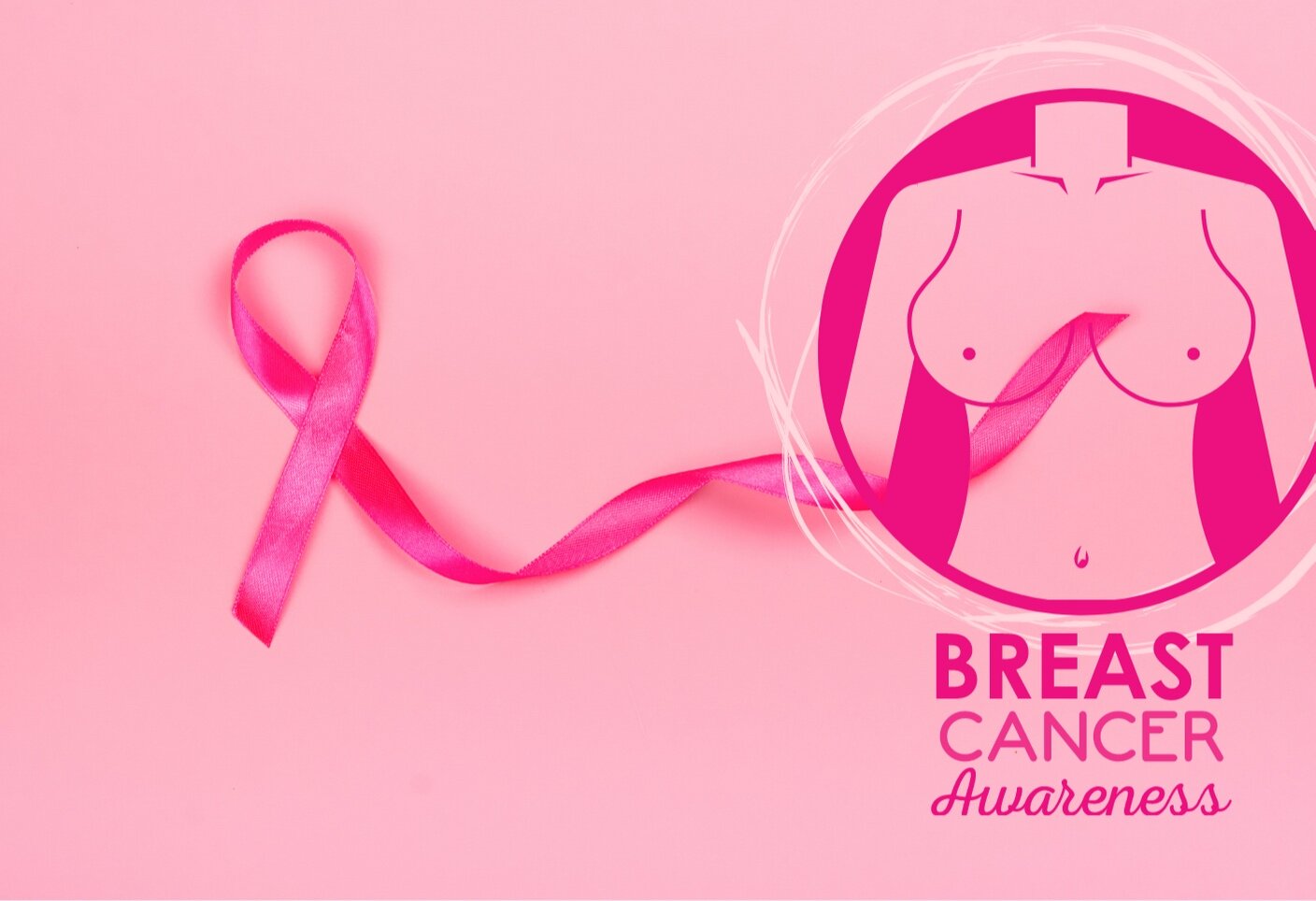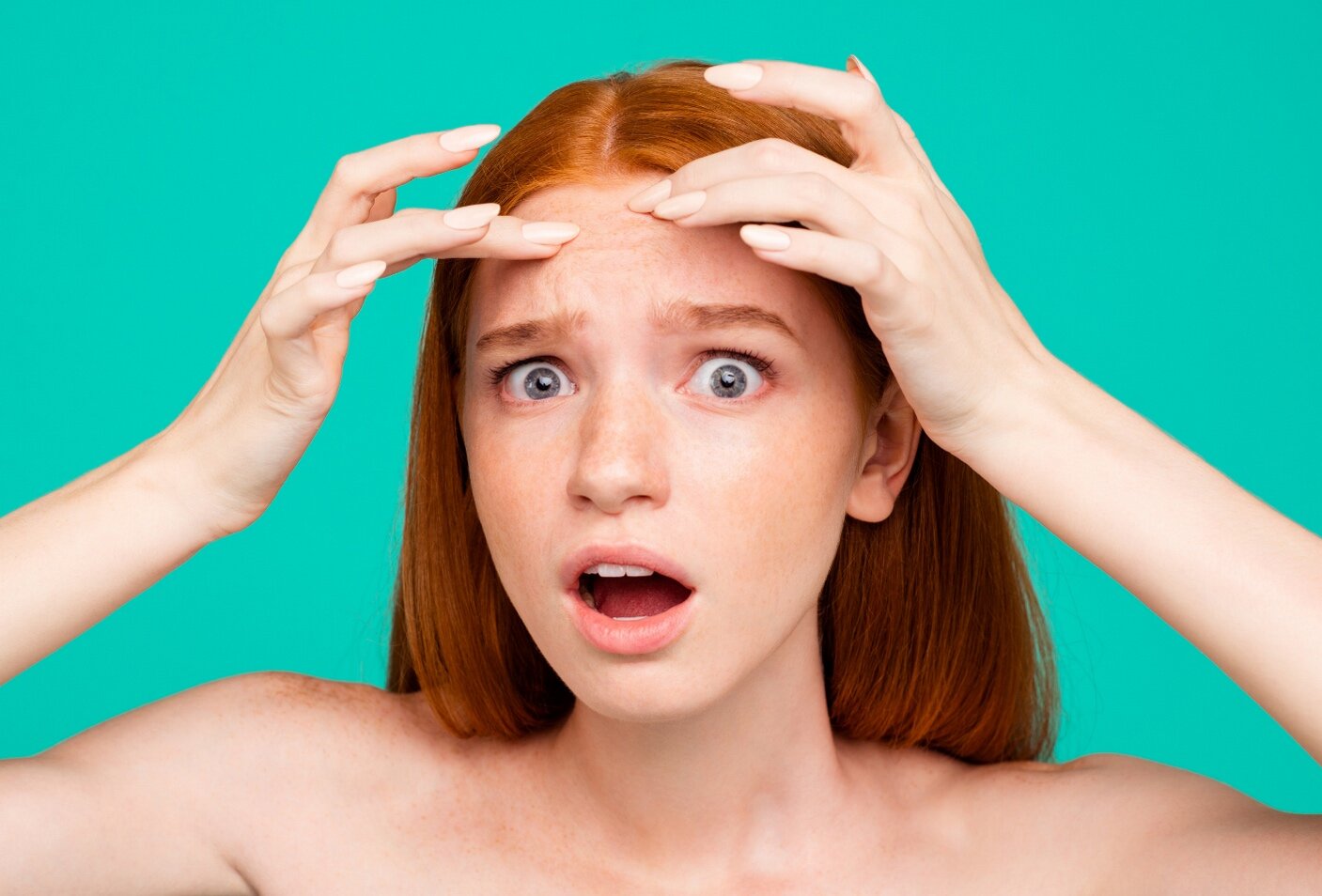Breast Lumps and Examination

Check Yo’self
By Dr Nile
Breast Lumps and Examination
Breasts come in all shapes and sizes. They can start to develop between the ages of 8 and 13 years, but most commonly around 10 or 11, and can continue into the early 20s. They start as small breast buds which can occur on just one side initially. Even when they begin to enlarge they can grow unevenly, so it can be normal to have different sized breasts. They can also be tender to touch or painful if knocked. Breast development is the first sign of puberty which is a process that occurs over several years. Some girls can look more mature initially but others of the same age will later catch up.
It is recommended that we examine our breasts once every month from the age of 20 to look for any changes or lumps that could be a sign of breast cancer. The good news is breast cancer in teenagers is exceptionally rare so teens don’t need to examine their breasts too often. Breast cancer is still very rare under the age of 35 too. However, it is common to develop benign (non-cancer) lumps and a good idea to increase your breast awareness so you can identify when something changes.
SELF-EXAMINATION
• First look in the mirror and notice any differences between your breasts
• Raise your arms over your head and once again look for differences
• This could be size, contour, shape, skin or nipple differences between your breasts
• Next lie down and put one arm above your head and relax, with the other hand feel, using the flat of your fingers, all around the breast making sure you feel all areas
• Imagine a bicycle wheel and feel along the spokes and in the centre
• You should always check under your arms and all the way up to your collar bone on both sides
• You can quickly check for lumps in the shower by running your wet soapy hands down the front of your breasts and around and underneath on each side
• From the age of 20yrs you should thoroughly check your breasts once a month after your period has ended
When you first start to examine your breasts you will feel lots of lumpy areas and possibly some tenderness, especially at the start of your period and it may be difficult to know what is normal. As you do this regularly you get to know your breasts and will recognise when something is different.If you do find a lump, there is no need to panic as it is very common to have benign breast lumps especially when young. Benign means they are not harmful and can include fibroadenoma and breast cysts.
ibroadenoma are smooth and easy to move around, they often form during puberty but can occur at any age. Breast cysts can be hard or soft, they are fluid filled pockets that can change in size and form.
naturally due to hormonal changes. There can be multiple cysts in one or both breasts. If anyone in your family has had breast cancer, it is important that you are aware of this as it could increase the chance of developing breast cancer yourself, although this is very rare. Any lumpor changes in your breast(s) that do not go away after your period or get worse, must be seen by your doctor.
Breast pain is usually related to hormone changes rather than a more serious cause and can come on before or during menstruation but if there is pain at other times especially if it persists or worsens, you should see your GP.
Remember although serious causes are very rare when you are young, if there is a new lump or changing lump in your breast or there are changes to the skin or nipple – PLEASE VISIT YOUR GP – it is better to be safe than sorry.
Most of the time the reason people get breast cancer is out of their control so we cannot prevent it but we should try to identify it early on as this gives the best chance for successful treatement. There are a few things that are within our control – exercise and eat well to maintain a healthy weight and avoid alcohol use and smoking.
Our mission is to change the perception of beauty. To change the way young women view themselves and change the way they are viewed by the world around them. Join us on the BeYoutiful journey.






